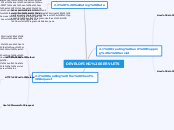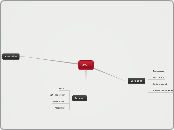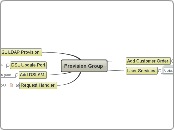arabera Boonjun Ang 7 years ago
256
DEVELOPING SERVLETS
Servlets are a key component in Java-based web applications, acting as the middle layer between client requests and server responses. They operate without a main() method, with their lifecycle managed by the Web Container.









